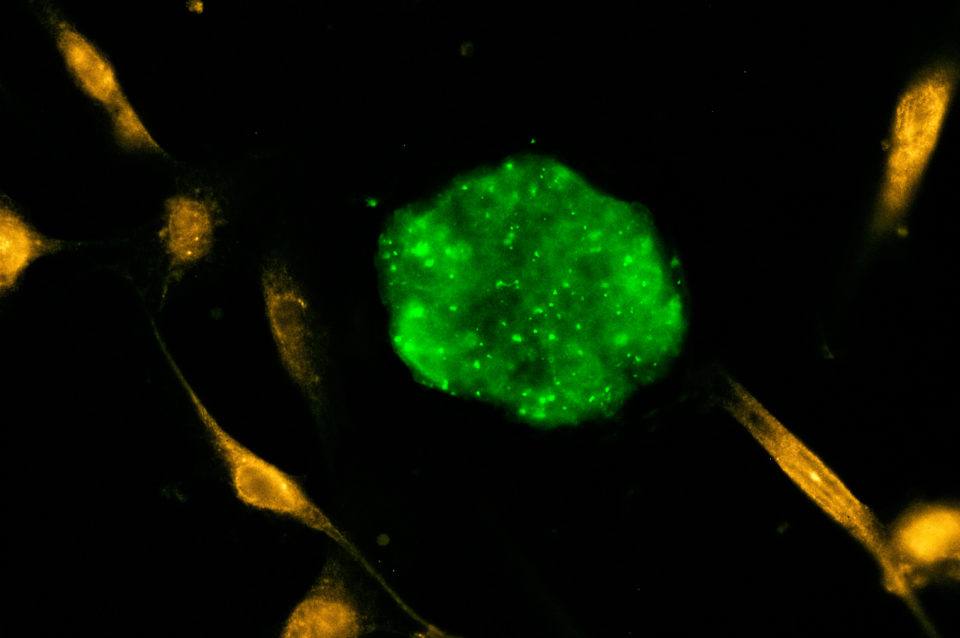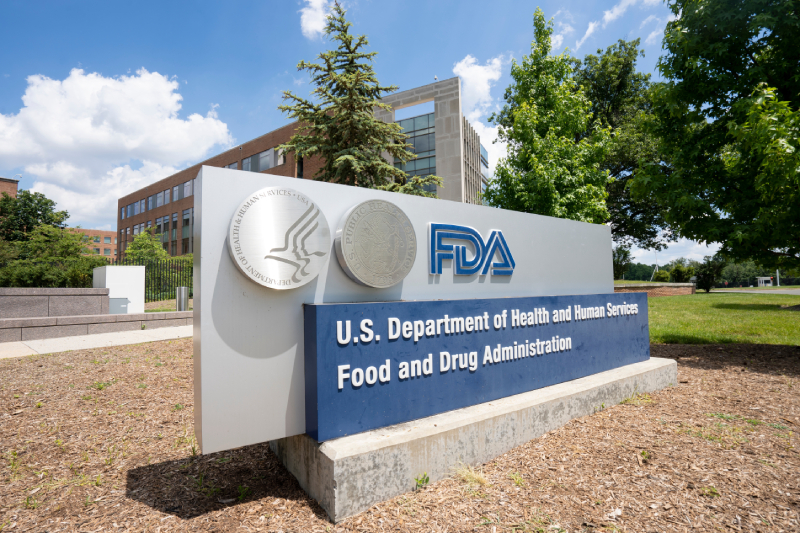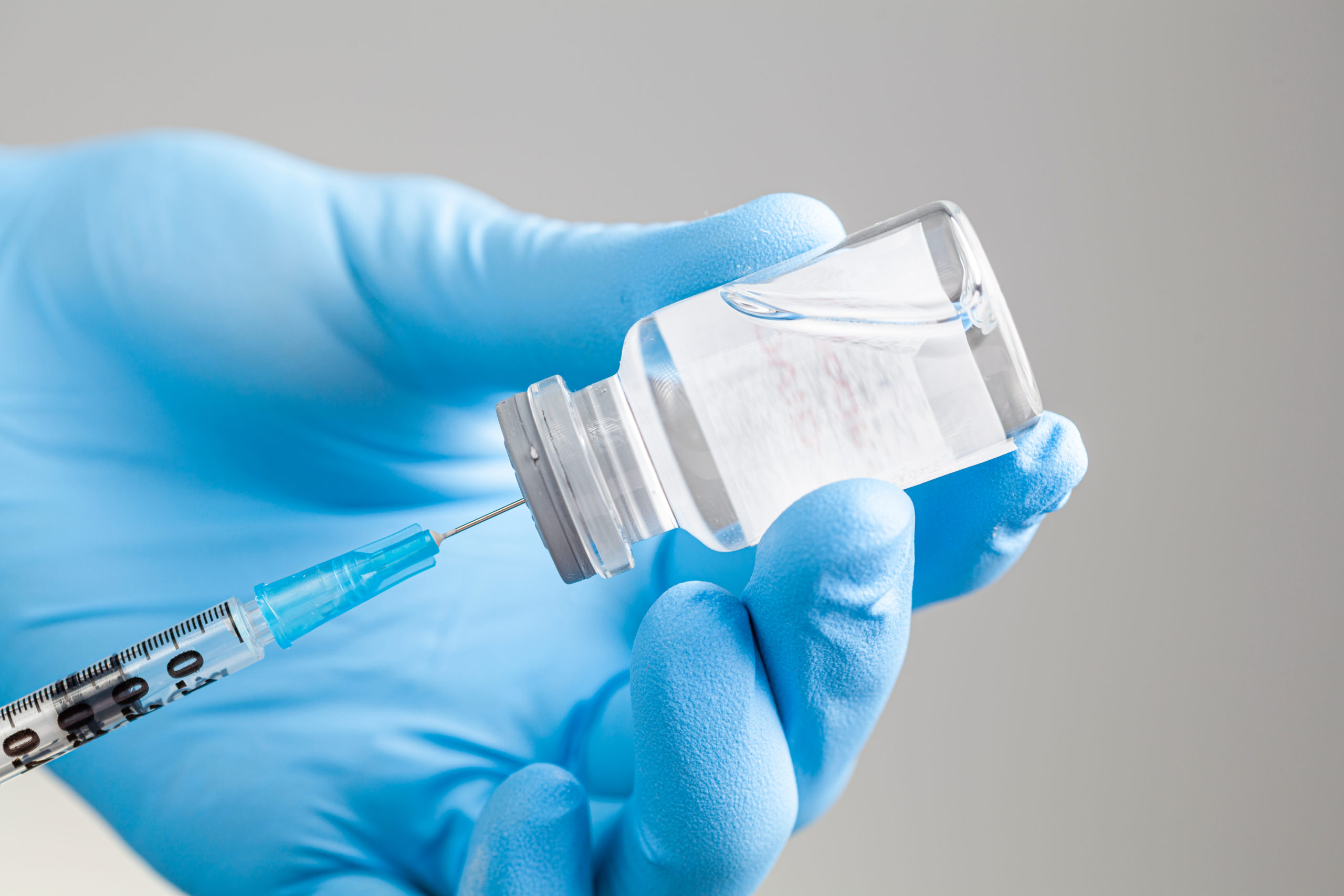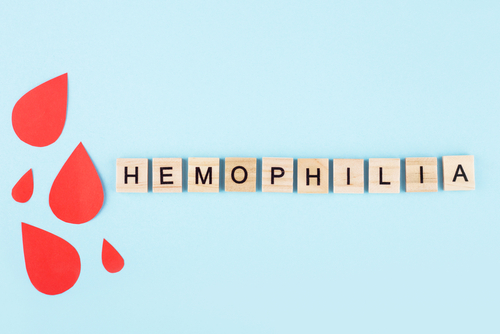
The European Hematology Association (EHA), International Society on Thrombosis and Haemostasis (ISTH), European Association for Hemophilia and Allied Disorders (EAHAD), and the European Stroke Organization (ESO) recently issued a Clinical Practice Guidance document for antithrombotic treatment of cardiovascular indications in patients who have hemophilia.1
The Guidance was produced by a multispecialty steering committee of international experts to help clinicians prevent and manage thrombotic events in this patient population. A summary of the Guidance, coauthored by experts from Canada, Finland, Saudi Arabia, and the US, has since been published in Journal of Thrombosis and Haemostasis.
“Estimation of individual thrombotic risk in hemophilia is not easy. Antithrombotic therapy is feasible but not always necessary. The safety of the antithrombotic therapy and the adequacy of the hemophilia treatment should be regularly reevaluated,” wrote first author Miguel Escobar, MD, of the University of Texas Health Science Center, Houston, with colleagues.
Laboratory evidence supports a baseline hemostatic threshold level of greater than 20 IU/dL for factor VIII or factor IX coagulation activity for safe use of anticoagulation in patients with hemophilia. Any use of antithrombotic medication in patients with severe hemophilia A or B must be accompanied by regular coagulation factor VIII or factor IX prophylaxis or with emicizumab. The recommended minimal maintenance of factor levels when using a single antiplatelet agent is 1 to 5 IU/dL, and when using dual antiplatelet therapy, it is 20 IU/dL.
As oral anticoagulation in patients with hemophilia A or B, direct oral anticoagulants (DOACs) are recommended over vitamin K antagonists (VKAs) and DOAC drug monitoring is not recommended over standard fixed dosing. If VKAs are used, the targets for international normalized ratio (INR) self-monitoring should be similar to the general population.
Given that venous thromboembolism (VTE) events are uncommon in patients with hemophilia, routine pharmacologic thromboprophylaxis during the perioperative period is not recommended in patients who undergo surgery. An individualized approach is advised, particularly in patients who undergo surgeries with a high VTE risk.
Because of a lack of data, antithrombotic medications without factor VIII or factor IX prophylaxis are not recommended for patients with severe hemophilia who have a non-cardioembolic transient ischemic attack. Systemic thrombolysis is also not recommended in patients who have an acute stroke, but mechanical thrombectomy might be considered in patients who have an ischemic stroke in an anterior large vessel.
In closing, Escobar and colleagues give a reminder that “[a]ll other means to diminish cardiovascular risk, including effective management of hypertension, dyslipidemia, diabetes mellitus, anemia, and avoidance of smoking, are critical in all patients, including those with hemophilia.”
Reference
- Schutgens REG, Jimenez-Yuste V, Escobar M, et al. Antithrombotic treatment in patients with hemophilia: An EHA-ISTH-EAHAD-ESO clinical practice guidance. Hemasphere. 2023;7(6):e900. doi:10.1097/HS9.0000000000000900
- Escobar M, Lassila R, Bekdache C, Owaidah T, Sholzberg M. Use of antithrombotic therapy in patients with hemophilia: a selected synopsis of the European Hematology Association – International Society on Thrombosis and Haemostasis – European Association for Hemophilia and Allied Disorders – European Stroke Organization Clinical Practice Guidance document. J Thromb Haemost. 2025;23(2):745-749. doi:10.1016/j.jtha.2024.10.033







 © 2025 Mashup Media, LLC, a Formedics Property. All Rights Reserved.
© 2025 Mashup Media, LLC, a Formedics Property. All Rights Reserved.